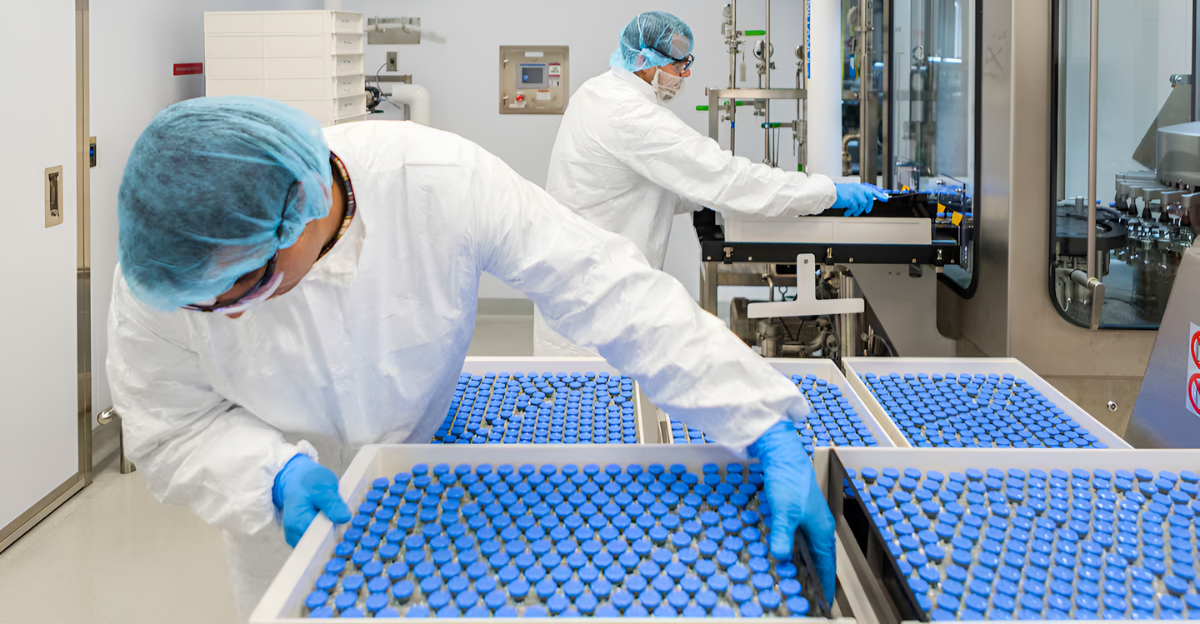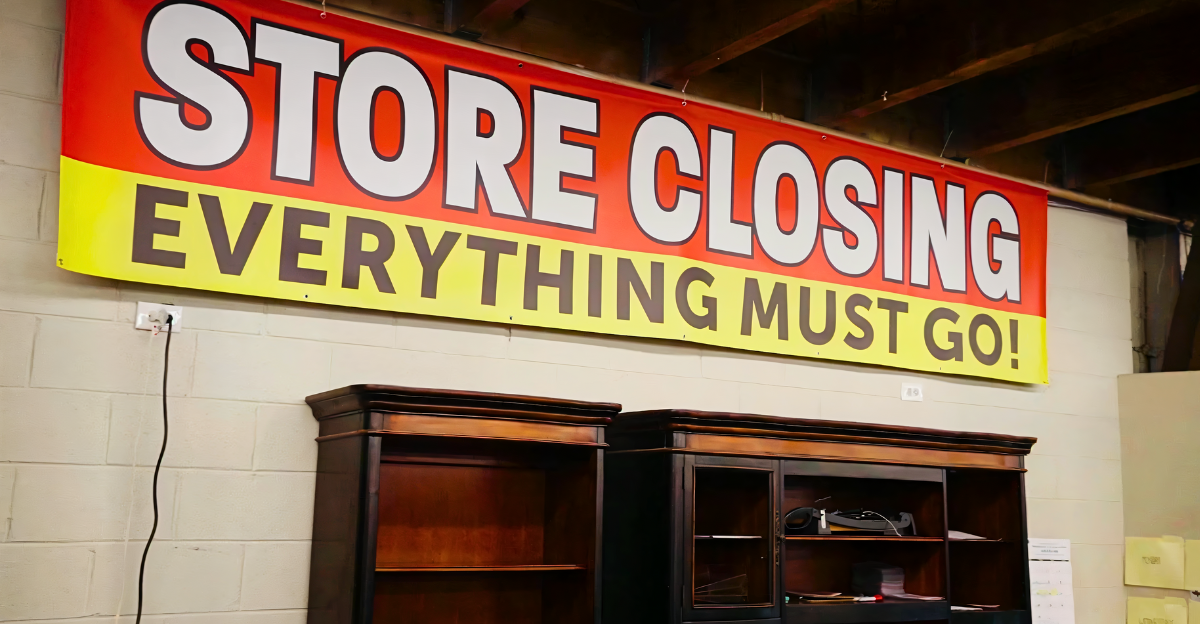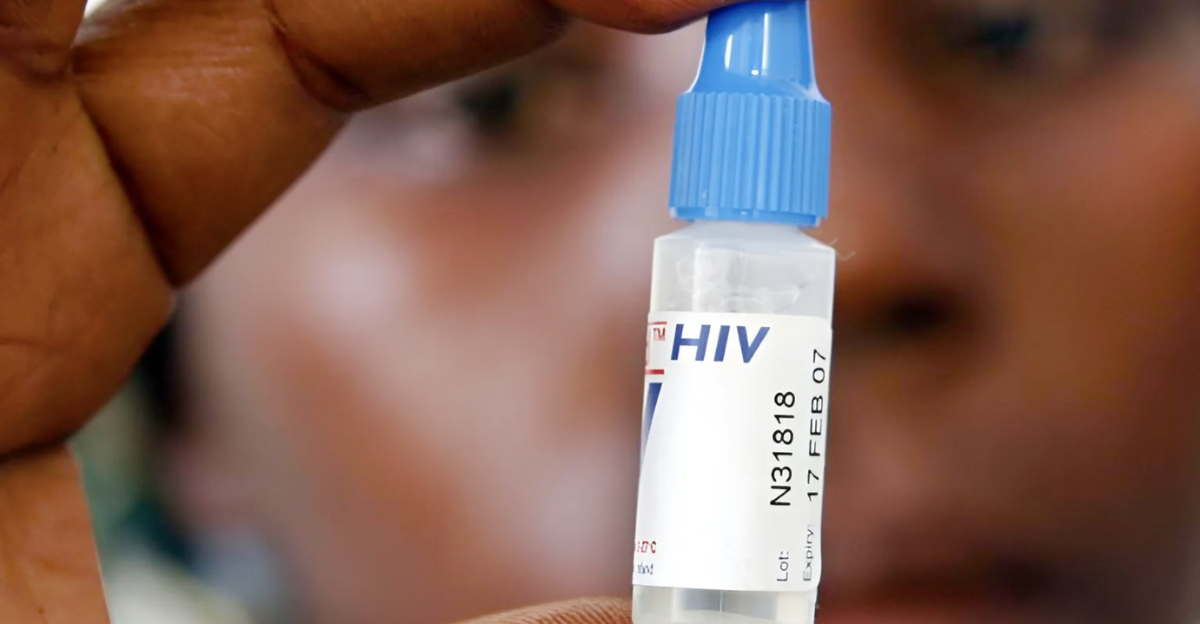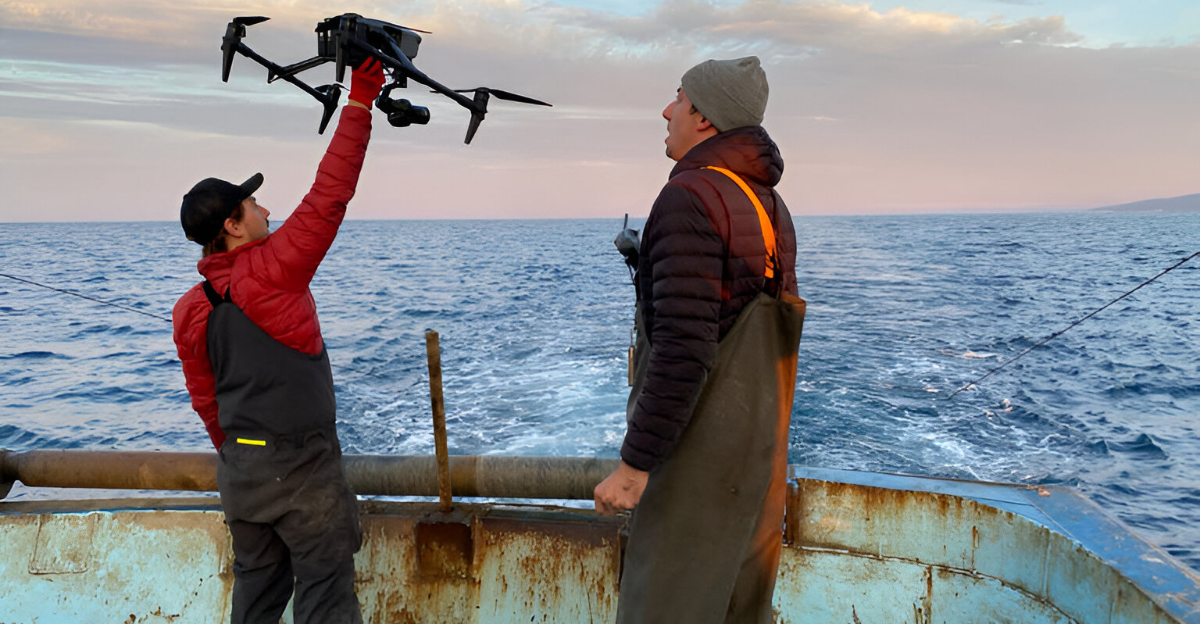
The global seafood industry is estimated to be worth anywhere from $200 billion to more than $300 billion. However, that industry is now facing an unprecedented risk from ocean acidification. Most people don’t see the effects of the silent phenomenon and go about their daily lives unaware of a potential catastrophe.
Our oceans are absorbing carbon dioxide from the atmosphere, which is changing their chemical balance and is an event that hasn’t happened for the last 300 million years.
Ocean Acidification

As the oceans absorb atmospheric CO2, carbonic acid is formed, and the waters around the world’s chemical balance changes, becoming more acidic as the pH levels lower.
The ocean surface has increased in acidity by 30% since the industrial revolution, showcasing concerning implications on what our activity is doing to our oceans around the world. In the next 75 years, acidity could end up twice what they were in pre-industrial ocean surface waters.
The Impact On Marine Life

Acidity in the water is a bad thing for many marine animals, but it hits shellfish especially hard. A mineral called aragonite is essential in helping shellfish build their shells, such as clams, oysters, scallops, and mussels.
Young shellfish are especially vulnerable, as acidity makes aragonite less present in waters and means that their shells can dissolve before they mature.
Impact On Humans
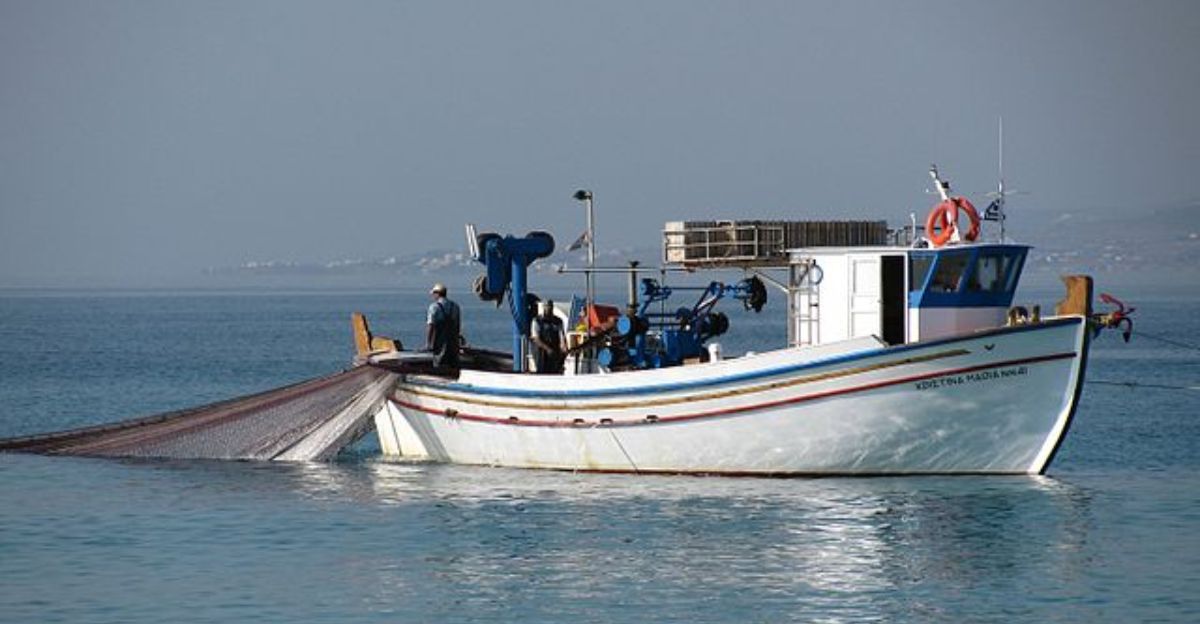
Marine animals aren’t the only ones impacted, and humans will pay a high cost as animals that many communities rely on face mass die-offs. Many coastal communities are built around fishing and aquaculture, which contributes significantly to local economies and livelihoods.
Over 100,000 jobs and billions of dollars are generated by the seafood industry in the United States alone.
Economic Impacts
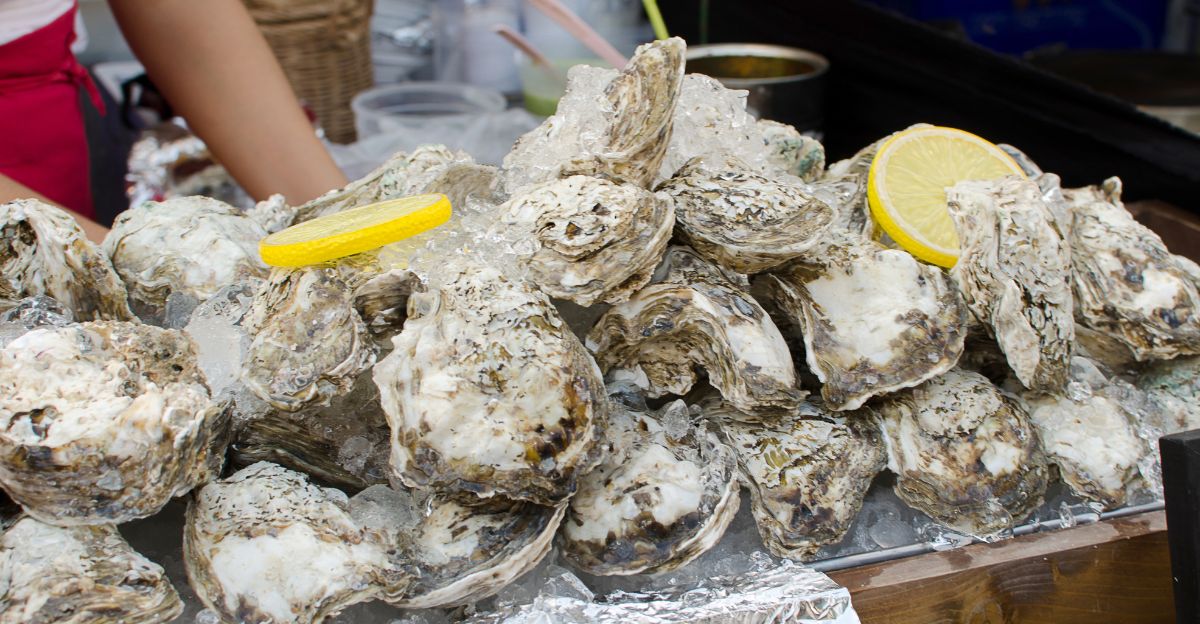
As shellfish availability lowers, there’s a direct impact on the prices that consumers will have to pay. If the pH in waters lowers by 0,3 in 2100, projections indicate that oysters could cost 68% more, scallops would increase by a whopping 140%, and clams by 123%.
This impact will spread to other sectors, such as restaurants, processors, and retailers, as seafood becomes an expensive commodity.
Not Just Shellfish
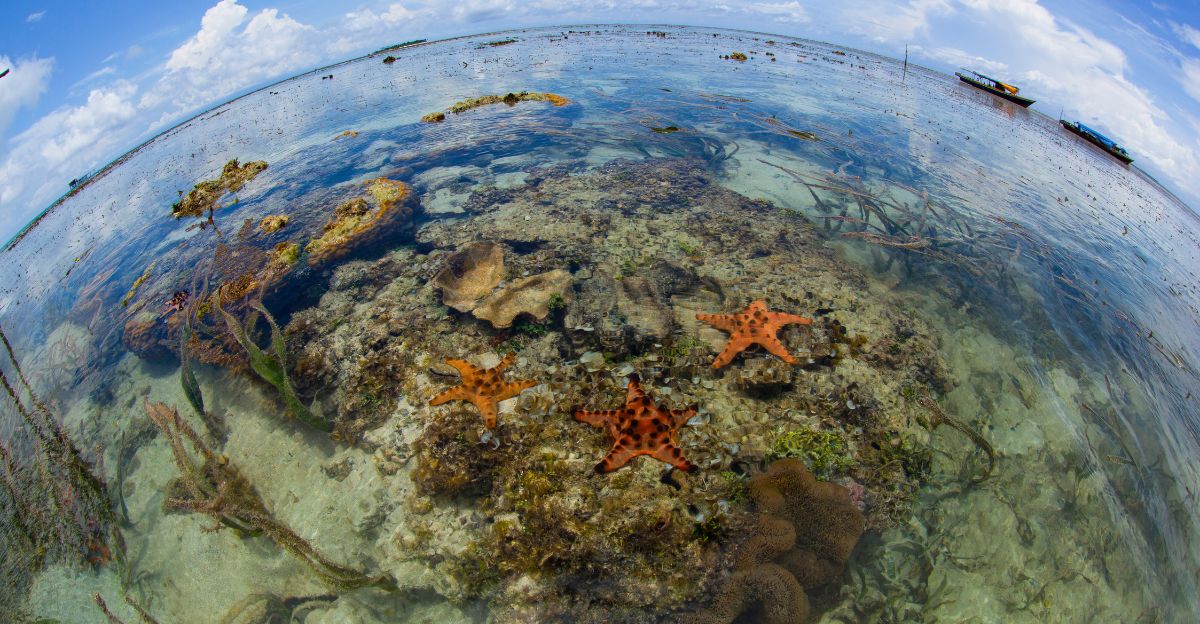
While shellfish would be the most immediate population affected by ocean acidification, it wouldn’t stop there. Species like pteropods are small mollusks that act as a food source for many marine animals that are part of the seafood industry, including salmon and cod.
Coral reefs are also threatened by more acidic seas and could slowly dissolve over time. This would be catastrophic; coral reefs support almost a quarter of all marine biodiversity.
Where It Is The Worst
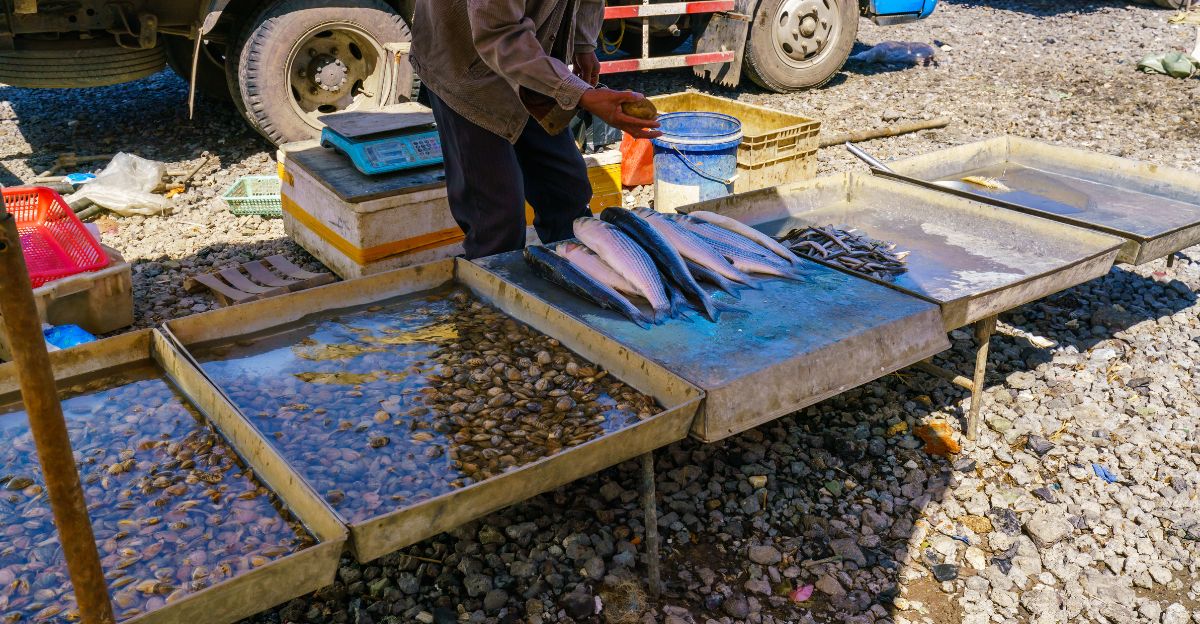
Some places are already seeing these effects in real-time. The Pacific Northwest, New England, Alaska, and countries like Chile and Norway has seen a dramatic reduction in shellfish and fish.
Areas where it’s at its worst have seen an aquaculture stock decline as high as 95%. Local marine lives are increasingly facing danger as coral reefs in the tropics and polar regions are disappearing.
Contamination

The effects of ocean acidification also pose unique problems like contamination. Some harmful species thrive off of an increase in acidity, such as algal blooms.
In large numbers, this species pollutes the water with toxins that can contaminate shellfish and make humans ill when they eat them. This means that even surviving shellfish populations in the future may not be safe to eat.
What Can We Do?
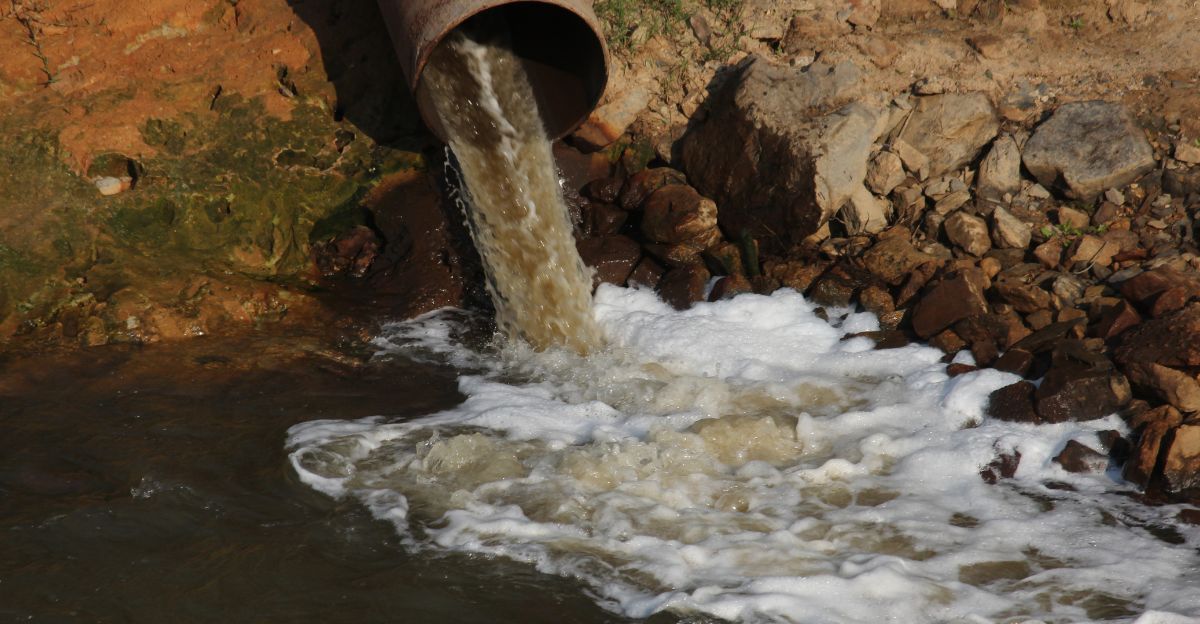
Ocean acidification could become a catastrophe if we let it. A few fisheries are already using monitoring and water filtration methods to adapt, but these measures won’t solve the overall problem.
The elephant in the room is our global CO2 emissions. If we want the ocean to return to balance, then we need to reduce these emissions to not only save the ocean, but many other places on earth.
Running Out Of Time
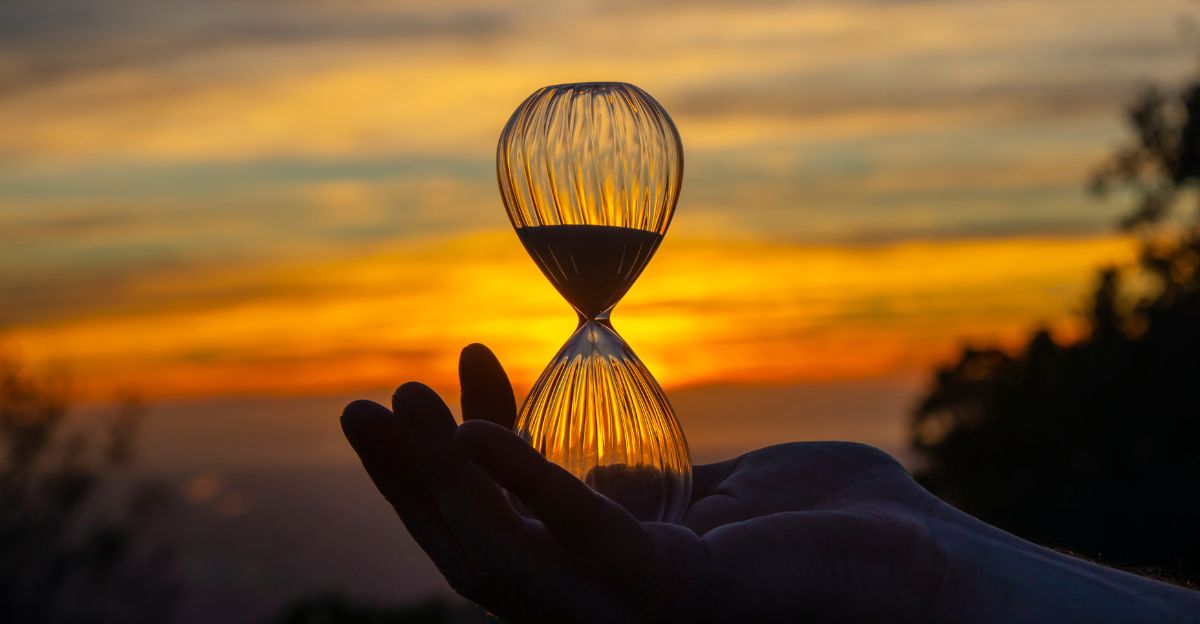
Thankfully, there is still time to act and mitigate the speed at which our oceans are acidifying through collaboration, stronger regulations, and sustainable aquaculture.
However, we are steadily running out of time, and the repercussions will spread far beyond just local ecosystems, and displace millions of people who rely on the seafood industry. We need to protect sea life for generations to come, so that those that work hard can continue to put food on the table and that consumers can still enjoy seafood.




